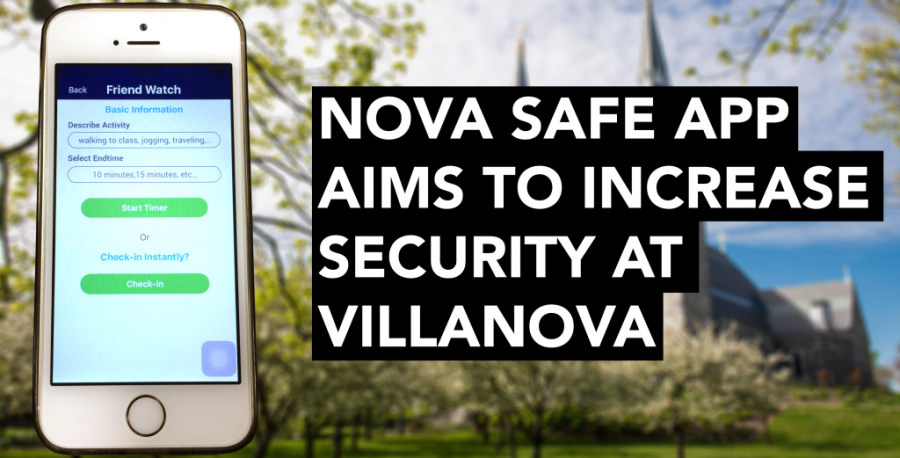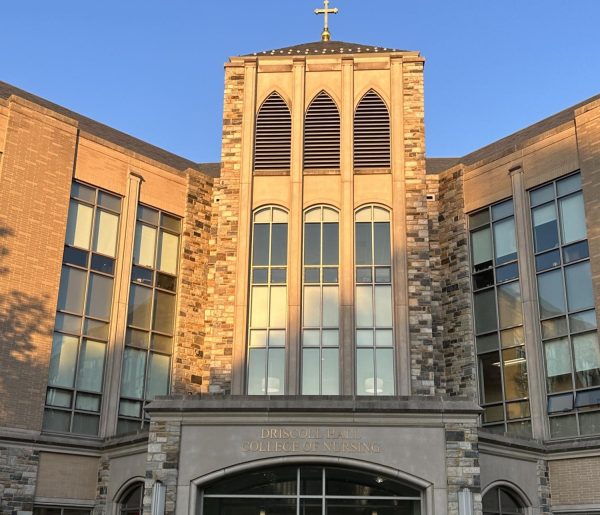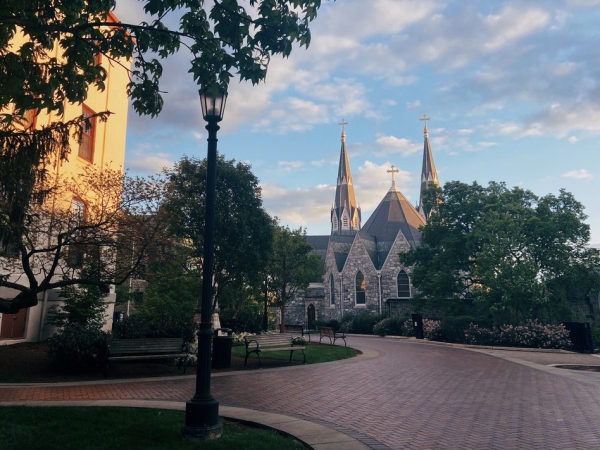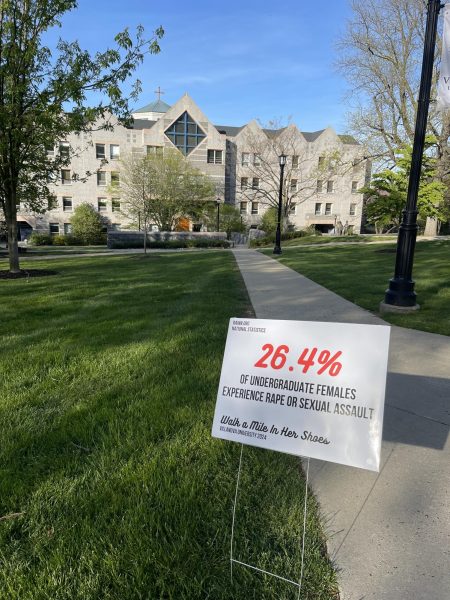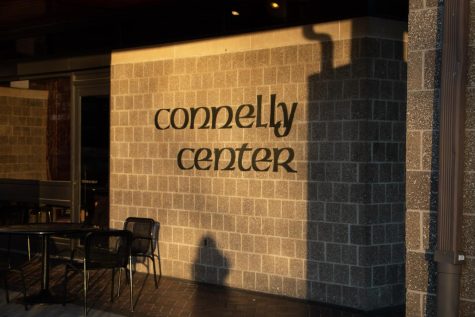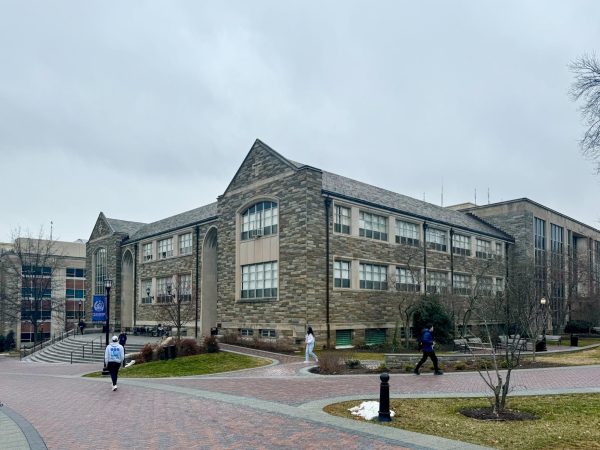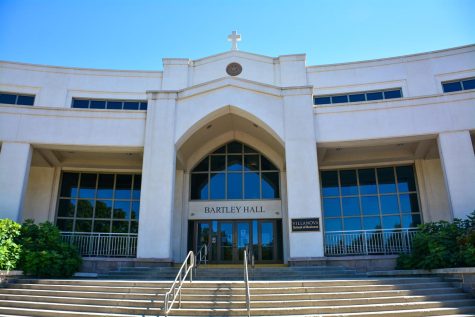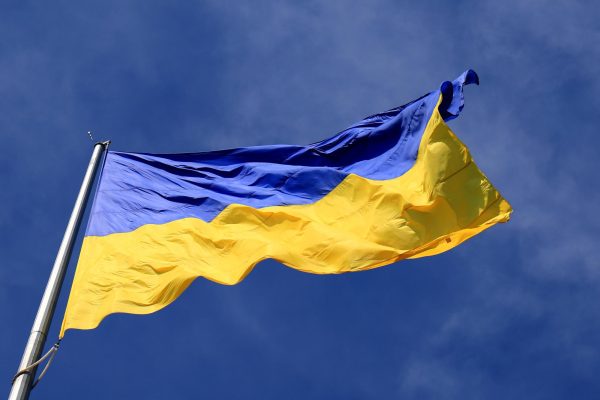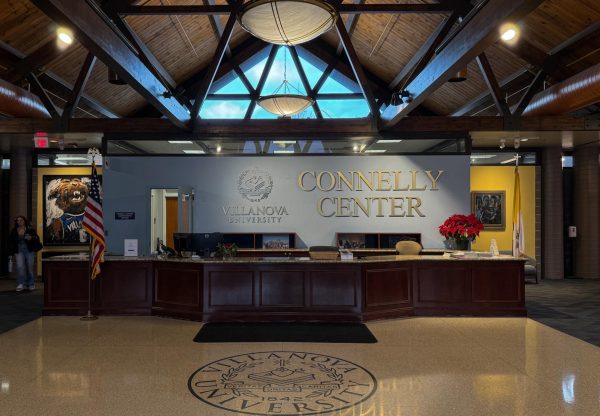Nova Safe App aims to increase security at Villanova
March 8, 2016
This year’s return from spring break accompanied the launch of Nova Safe, a free smartphone app now accessible to all Villanova students, staff and faculty. Public Safety officers took to campus on Monday, March 8, talking to students and answering questions about this new development in campus security. According to the informational flyer circulated to students, this free app “is designed to help Villanova University Department of Public Safety respond to emergency situations quickly and with more information available to them than ever before.”
According to David Tedjeske, Director of Public Safety, the app is the product of a lengthy development process. “We’ve been developing the app for about two years,” Tedjeske said. “There were several companies that offer an off-the shelf version, but there were certain things that I was looking for that I couldn’t find in any off the shelf option.”
Tedjeske’s primary objective was creating an app that offered everything in one place. The University worked with 911 Cellular, a company based out of Cleveland, Ohio, to develop an app that is unique to Villanova’s needs.
Nova Safe has been tested since the beginning of the fall semester by Residence Assistants. “We wanted the RA’s to test it throughout most of the academic year to make sure that it had good functionality” Tedjeske said. “It’s going to be a continuous improvement process as we get feedback from students.”
The app has been downloaded 350 times since the email release sent to students, faculty and staff on Monday evening. A double-sided flyer also circulated to students provides a detailed overview of each service offered by the app. Features include emergency calling and texting, a “submit a tip” function and a “Friend Watch” option.
This feature raised more than a few eyebrows. Users can use “Friend Watch” for additional safety when walking through campus, going for a jog or returning to their vehicle at night, by sending their location to a friend. This emergency contact will receive a notification of the user’s location and can follow their movements until they reach the desired location. The user has the option to set a timer for how long a contact will have access to his or her location. This virtual buddy system does not require the “watcher” to download the app, sending the information in a text message.
Despite the detailed explanation, the title of the feature invited skepticism from students.
“I want to stress that we’re not able to see anybody’s location unless they use the app to call us or notify us about something” Tedjeske said. Users have complete control over the sharing of their location with a friend or with Public Safety.
“Maybe they can change the nomenclature” Larrie Brown, a junior chemical engineering major suggested. “Everything else looks good.”
Also accessible through the app are emergency procedures and directions for various emergencies that may occur on campus. Students were most excited by the “Where’s the Shuttle” option, which provides schedules and the GPS location of both on and off campus shuttles.
“Honestly I think the most important one is the shuttle,” Sam Sullivan, a junior, English and communication major, said. “I’ve never felt unsafe on this campus, so while the app is good to have, I don’t think I’ll use it.” A member of the Blue Key Society, Sullivan reports that campus safety is something she highlights when giving tours. “I was giving a private tour to a family today and told them the same thing. I’ve always felt safe on this campus.”
“Obviously, I’m glad to hear people feel safe on campus. That’s our goal. But I always want people to be informed,” Tedjeske said. “We aren’t this gated community immune from anything bad happening. We’re very fortunate, and it’s not an accident that we’ve done a good job, students and the University both in keeping a safe atmosphere overall, but that doesn’t mean we need to get too complacent about it.”
Tedjeske pointed to the Crime Map feature as an important part of this objective. “To have an awareness of what’s going on is important. The crime map promotes that in a way that is relevant to students. It gets things out there in real time.”
Kinjal Dave, a junior philosophy major, expressed skepticism regarding intricacies of the app. “I think they should disclose information about where the personal information is stored and after how long it will expire,” Dave said, suggesting that the structure of the app might invite its use to resemble social media rather than a serious, precautionary measure. “Making it really easy to access public safety is going to open up the opportunity for a lot of people to access public safety without thinking twice about it.”
Dave also questioned the relationship between information gathered through the app and a public safety investigation. “Especially since certain members of public safety are going to become police officers, I feel like it would be within the purview to use that information in a criminal case, especially because you willingly offered it,” Dave said. “If you submit a tip is that probably cause for a Villanova Police Officer to enter your dorm or someone else’s dorm?”
According to Tedjeske, the answer is no. “The information is going to be used very responsibly. We’re not going to rely solely on information gained from the app.” Users can also choose to submit a tip anonymously, with the option to send a text message, picture, or video to public Safety. Protocol will not change based on communication through the app with the “Submit a Tip” feature. “The tip is the beginning of the investigation, not the substance of the investigation. I can’t say that the info would never be used in a criminal case, but I think you can see from most of the features of the app that the focus is really on safety.”
Public Safety has also warned against complete dependence on the app, noting the limitations of technology, like cell phone functionality, cellular coverage, and Internet availability. “At times when these services are unavailable, Nova Safe may not work as you expect it to, and when dealing with an issue as important as safety, you should not be completely reliant on any one system or product.”
Amitoj Sawhney, a sophomore Computer Science major, recently downloaded the app. Sawhney created Villanova’s Special Olympics app last November, which included several similar features, including access to emergency contacts, campus directions, and competitions schedules for athletes, coaches and families. The app was downloaded over 500 times.
“It serves its function well. All the features are there, that are advertised,” Sawhney said of Nova Safe. The compatibility to the iPhone 6 fell short of his expectations, however.
“You can put data in an app, but if you can’t find a way to use it and for it to look pretty than people aren’t going to use it,” Sawhney continued, also critiquing the app’s aesthetic. “I’m a big believer in function over form so I will compromise function for design, but you have to at least make an attempt. If you just ignore it completely you’ll lose a lot of the function too, because people won’t use the app.”
“Communication is the key to safety, both from public safety to students and vice versa,” Tedjeske said.
Nova Safe is “a way for us to direct our efforts and help us be more informed.”

